Compact e-bikes are changing urban transportation, and the global e-bike market has grown to more than €40 billion in 2023. This rapid growth makes sense because transportation gets more and thus encourages more greenhouse gas emissions – about 15% of the global total.
The World Economic Forum projects private vehicle usage will drop from 66% to 49% of total mobility by 2035. Europe shows this fundamental change already. The region added 1,000 kilometers of bike lanes after the pandemic, and cycling jumped by 48% in 2020. Experts predict the micromobility market’s value could reach €500 billion by 2030. These numbers show compact folding e-bikes’ economic benefits beyond their environmental impact. Cities that adopted these solutions have seen reduced traffic and lower emissions. The numbers tell a clear story – compact e-bikes represent a fundamental change in urban mobility approaches.
The rise of compact e-bikes in urban mobility
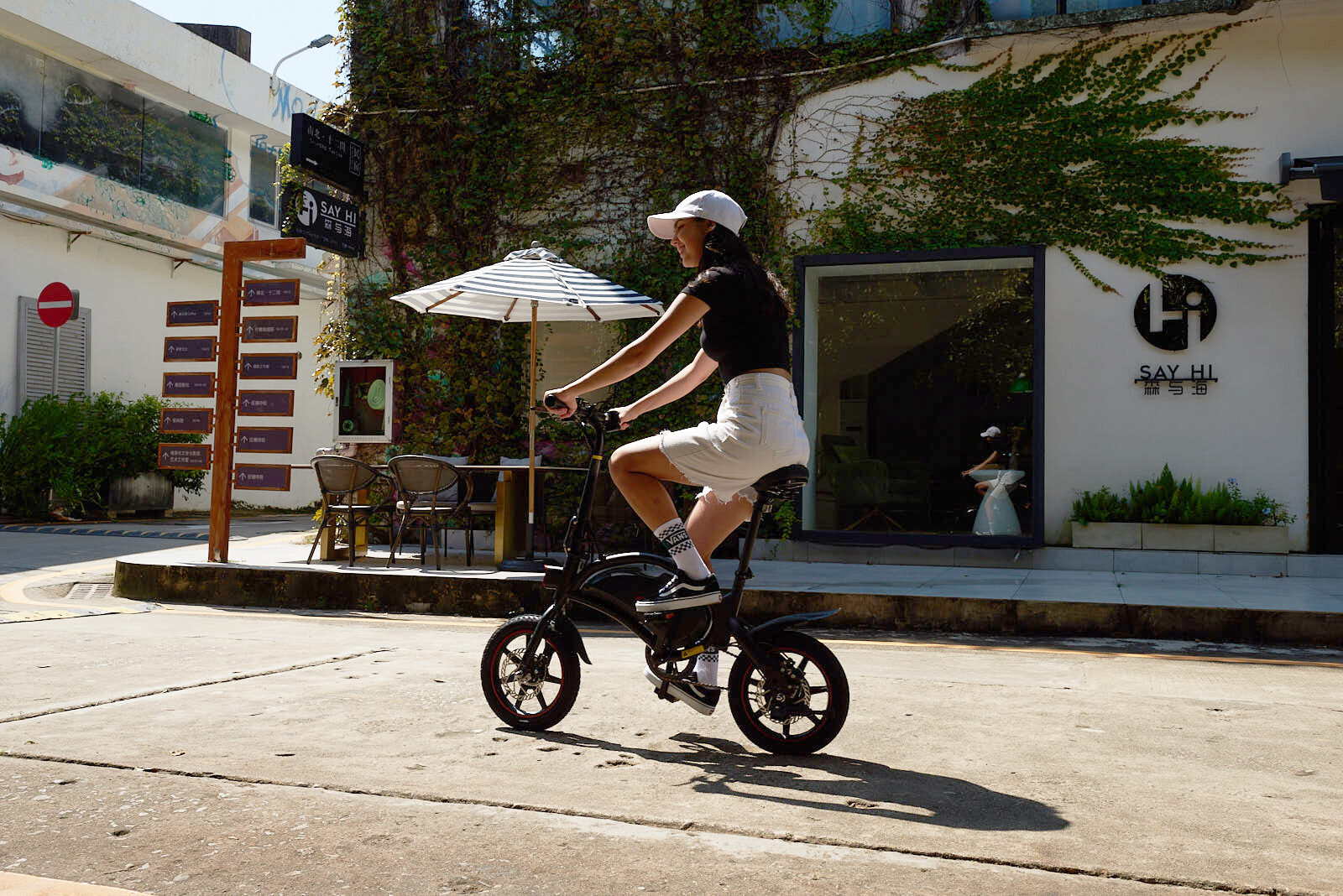
Traditional vehicles don’t deal very well with unique mobility challenges in urban landscapes. Compact e-bikes have emerged as practical solutions that work well in space-constrained environments.
What makes an e-bike ‘compact’?
Compact e-bikes differ from standard bicycles thanks to several unique design elements. These agile vehicles feature wheels between 14 and 24 inches, a shorter wheelbase, and a lower frame, all of which contribute to easier maneuvering in crowded urban environments. Despite their smaller size, performance is never sacrificed—compact e-bikes are equipped with the same durable motors and advanced components found in larger models, offering reliable power and smooth riding in daily city use.
Portability is what sets compact e-bikes apart. Most models feature:
- Lightweight frames (typically aluminum alloy)
- Foldable designs that pack down to about 35 inches
- Quick-folding mechanisms (some take less than 20 seconds)
- Built-in electric components that stay portable
Why cities are embracing smaller electric vehicles
Cities now view compact e-bikes as powerful tools for addressing urgent urban mobility challenges. Once seen as niche products, they have evolved into an essential strategy for electrifying transportation and reducing vehicle miles traveled (VMT). Urban planners value compact e-bikes for their role in meeting climate goals, as communities must reduce VMT by 20% before the decade ends to stay aligned with a 1.5°C global climate pathway. In response, many municipalities are expanding bike-friendly infrastructure and launching incentive programs to accelerate adoption.
Denver’s e-bike program highlights this shift with notable success, demonstrating that rebate programs effectively increase e-bike usage across diverse groups. Following Denver’s lead, other cities and states are introducing similar initiatives, reflecting the growing momentum behind micro-mobility solutions.
The role of compact folding e-bikes in daily commutes
Compact folding e-bikes solve several commuter problems at once. They eliminate parking hassles, avoid traffic jams, and blend naturally with public transit systems.
People with complex commutes benefit most from multi-modal capability. Riders can fold their bikes to board busses or trains without facing peak-hour restrictions on full-sized bicycles. This flexibility cuts door-to-door travel time by up to 40% in major metropolitan areas.
City dwellers with limited space appreciate that compact e-bikes like the DYU D3F need less than 0.3 cubic meters when folded—they fit under desks or in closets. This makes them perfect for apartment living or office workers with minimal storage.
The financial benefits are substantial too. A compact e-bike costs nowhere near as much as car ownership or yearly transit passes over five years. This makes environmentally responsible transportation available across income levels.
Environmental and health benefits you might not expect
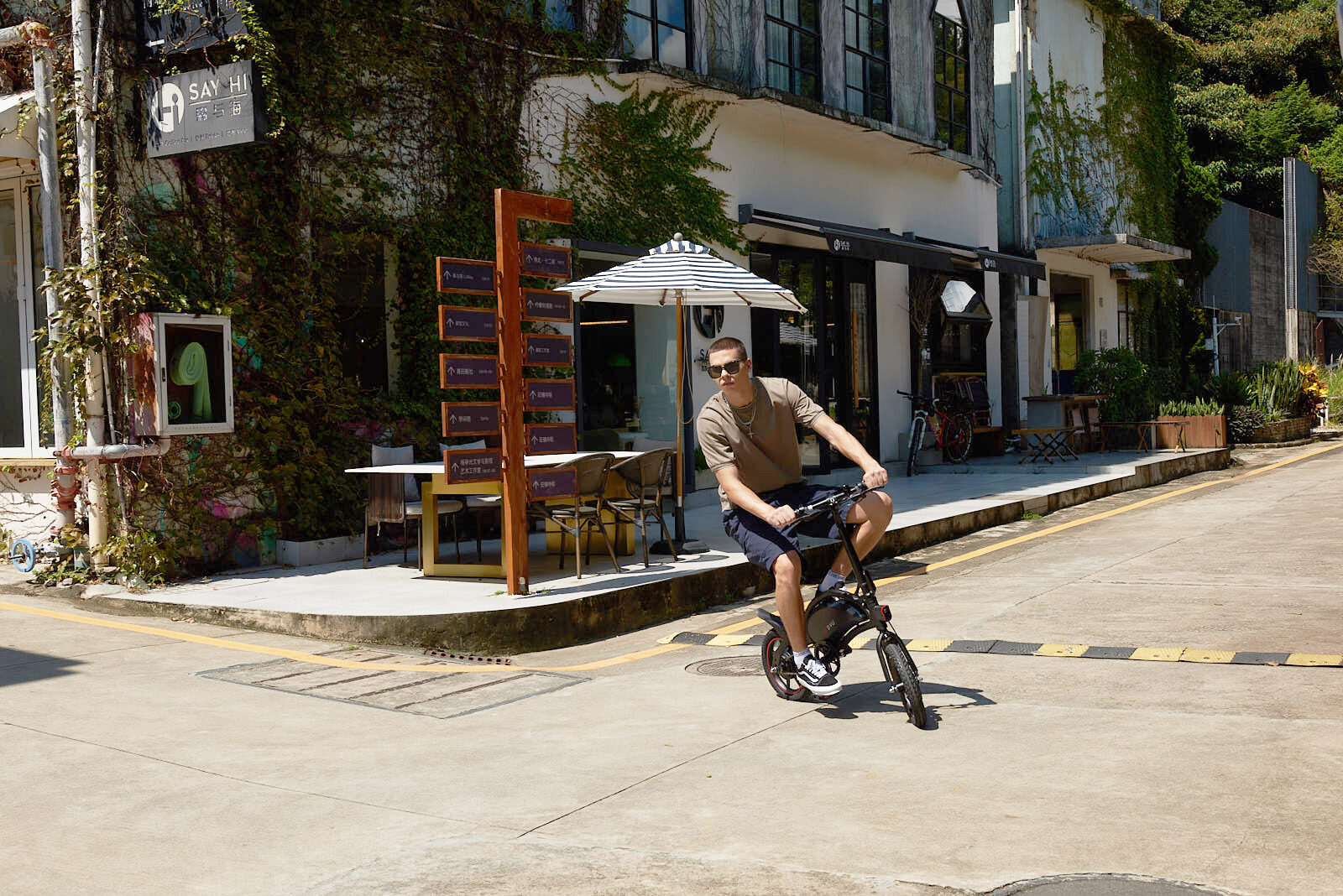
Compact e-bikes pack more than just convenience. They come with amazing ecological and health benefits that riders don’t expect when they first start using them.
Lower emissions compared to cars and scooters
Compact e-bikes leave a much smaller environmental footprint than regular vehicles. A regular car puts out about 4.6 metric tons of carbon dioxide each year. E-bikes produce just 13-14g of CO2 per kilometer throughout their lifetime. This means they create 92% less emissions than regular cars.
The numbers tell an impressive story. E-bikes have helped save almost 1 million barrels of oil daily across the world. They beat electric cars at cutting down oil use. A look at the 200,000 km lifecycle shows e-bikes create only 3 tons of CO2. This is way better than petrol cars at 57.5 tons and electric cars at 50.5 tons. The secret lies in their light build – they weigh just 150 kg while cars tip the scales at 2 tons.
Reduced noise pollution in dense areas
E-bikes shine in another hidden way – they run almost silently. They create very little noise compared to regular vehicles, which helps keep city environments peaceful. This quiet operation makes life better for everyone in the city.
Research shows that less traffic noise helps people in many ways. People produce less stress hormone cortisol, focus better, and sleep more soundly. As more people switch to e-bikes, city spaces become more pleasant. Street cafes, gardens, and balconies turn into better places to spend time.
The DYU D3F shows how this works with its quiet motor. Riders can move through busy city areas without adding to the noise problem that affects more than 20% of Europeans who face road traffic noise above 55 dB.
Encouraging active lifestyles with pedal-assist
People often assume e-bikes don’t offer real exercise, but that’s a misconception. Research shows that riding an e-bike provides moderate physical activity—the exact level recommended by the World Health Organization. By reducing barriers such as steep hills, long distances, and varying fitness levels, e-bikes make cycling accessible to far more people.
The health benefits are significant as well. Regular cycling can cut heart disease risk in half, and e-bike riders tend to breathe cleaner air compared to those traveling by car, taxi, or bus. One study illustrates this clearly: cyclists encounter only about 8,000 ultrafine particles per cubic centimeter, while car passengers are exposed to around 40,000.
By blending environmental benefits with meaningful physical activity, compact e-bikes offer advantages that traditional vehicles simply cannot match.
Economic and social advantages of compact e-bikes

Compact e-bikes create economic benefits that go way beyond the reach and influence of simple fuel savings. These benefits ripple through households and economic systems.
Affordability for low-income commuters
Compact e-bikes stand out as an economical solution compared to traditional vehicles. They cost nowhere near what other vehicles do – just €0.007/km to operate (including energy, purchase, and maintenance), while gasoline scooters cost €0.031/km and passenger cars €0.62/km. American e-bike owners spend about €86.45 yearly on charging, compared to €1082.68 for gas. Budget-conscious commuters find these savings especially valuable.
Governments have stepped up to make these vehicles more available. Europe now has almost 300 tax-incentive and purchase-premium programs. Denver’s program showed great results by putting over 4,700 e-bikes on streets in 2022, with more than 65% of funding going to low-income residents.
Job creation in e-bike manufacturing and services
The e-bike industry has rapidly grown into a major source of employment. European e-bike sales alone are projected to create 200,000 new jobs, helping offset engineering positions lost due to automotive electrification. Beyond that, the wider cycling ecosystem is expected to generate an additional 1 million jobs by 2030.
Small and medium enterprises (SMEs) benefit the most from this expansion, as they account for more than 90% of jobs in the cycling sector. The DYU D3F compact e-bike is a strong example of this trend—its production, distribution, and maintenance support work across the entire supply chain while offering consumers an affordable and accessible entry into electric mobility.
Improved access to transport in underserved areas
E-bikes are a great way to get better transportation access, especially for women, elderly, and low-income groups. These bikes break down traditional mobility barriers because they’re economical and easy to use.
E-bikes open up commercial opportunities too, giving delivery workers new income sources. The Can Do Colorado E-Bike Pilot showed how giving e-bikes to low-income workers meets transportation needs and cuts their expenses.
What’s needed to unlock their full potential

Compact e-bikes have yet to tap into their full potential due to several roadblocks. Many cities welcome these vehicles, but we need specific improvements to create truly e-bike-friendly spaces.
Better infrastructure for compact e-bike safety
Rider safety remains the biggest concern for people considering e-bikes. Over 70% of non-cyclists report avoiding biking because they don’t feel safe on the roads. Protected bike lanes dramatically reduce this risk, lowering injury rates by up to 90% compared to shared streets. Amsterdam exemplifies how dedicated infrastructure can boost cycling participation—the city’s 400 kilometers of bike lanes now support 35% of all trips being made by bicycle.
Government incentives and subsidies
Support programs are an effective way to encourage more people to ride e-bikes. France’s €2,500 incentive program helped e-bike sales increase by 29% in just one year. In Norway, tax breaks have raised e-bikes to account for 17% of all new bicycle sales. These programs offer strong returns, generating €5–9 in health, environmental, and economic benefits for every €1 spent.
The importance of clear regulations and standards
Clear rules will give a boost to safety and state-of-the-art development. The EU now treats e-bikes with 250W motors and 25 km/h speed limits as regular bicycles – no license or insurance needed. All the same, different rules in different cities create confusion. Standards for parking, charging spots, and traffic laws change from one city to the next.
Highlight: DYU D3F as a model of affordable innovation
The DYU D3F shows what happens when good design becomes available to more people. This compact folding e-bike costs about €549 and packs features usually found in bikes twice the price – 50km range, 25km/h speed capability, and an 19kg weight. The lightweight aluminum frame folds up easily, making it perfect for mixed-mode commuting without breaking the bank.
Conclusion
Compact e-bikes are more than just a passing trend in urban mobility—they offer a practical, eco-friendly solution to many challenges our cities face today. Research shows these nimble vehicles can reduce emissions by up to 92% compared to regular cars, while also addressing noise pollution and space constraints that burden urban areas.
Many people underestimate the health benefits of compact e-bikes. They provide a proper workout that meets World Health Organization guidelines, making cycling accessible to more people. This broader participation supports healthier communities and can reduce healthcare costs over time.
From a financial perspective, compact e-bikes are extremely cost-effective. Running costs are just €0.007 per kilometer—nowhere near the €0.62 per kilometer typical for cars. Affordable models like the DYU D3F at €549 make green transportation accessible across income levels. Additionally, the expanding e-bike sector generates local employment, supporting small and medium businesses throughout Europe.
Challenges remain for compact e-bikes to reach their full potential. Expanded protected bike lanes, improved regulations, and stronger government support are key next steps. Cities that invest in micro-mobility programs often see €5–9 returned for every €1 spent through better public health, reduced traffic, and higher quality of life.
As urban areas continue to grow, compact e-bikes provide a rare win-win solution. Riders save money and improve their health while contributing to larger goals like mitigating climate change, reducing congestion, and creating jobs. These versatile vehicles are an essential part of a greener urban future, offering both easier commutes and a smaller carbon footprint.
Häufig gestellte Fragen
Q1. What are the main advantages of compact e-bikes for urban mobility?
Compact e-bikes offer numerous benefits for urban mobility, including reduced emissions, lower noise pollution, and improved space efficiency. They provide an affordable and flexible transportation option that can easily integrate with public transit, making commutes faster and more convenient in congested city environments.
Q2. How do compact e-bikes compare to traditional vehicles in terms of environmental impact?
Compact e-bikes have a significantly lower environmental impact compared to traditional vehicles. They produce about 92% fewer emissions than conventional cars over their lifecycle and contribute to reducing oil demand more effectively than electric cars. Additionally, their near-silent operation helps decrease noise pollution in urban areas.
Q3. Can riding a compact e-bike provide meaningful exercise?
Yes, riding a compact e-bike can provide meaningful exercise. Research shows that e-cycling elicits at least moderate-intensity physical activity, meeting World Health Organization recommendations. The pedal-assist feature makes cycling accessible to more people by reducing barriers like hills and distance, while still offering health benefits such as reducing the risk of heart disease.
Q4. What economic benefits do compact e-bikes offer to individuals and communities?
Compact e-bikes offer significant economic benefits. For individuals, they provide an affordable transportation option with lower operational costs compared to cars. For communities, the e-bike industry creates job opportunities in manufacturing and services, particularly supporting small and medium enterprises. Additionally, e-bikes can improve access to transportation in underserved areas, potentially increasing economic opportunities for residents.
Q5. What improvements are needed to maximize the potential of compact e-bikes in cities?
To fully realize the potential of compact e-bikes, cities need to focus on several areas: improving infrastructure for e-bike safety, such as protected bike lanes; implementing clear and consistent regulations for e-bike use; and expanding government incentives and subsidies to make e-bikes more accessible. These improvements can help increase adoption rates and create more e-bike-friendly urban environments.



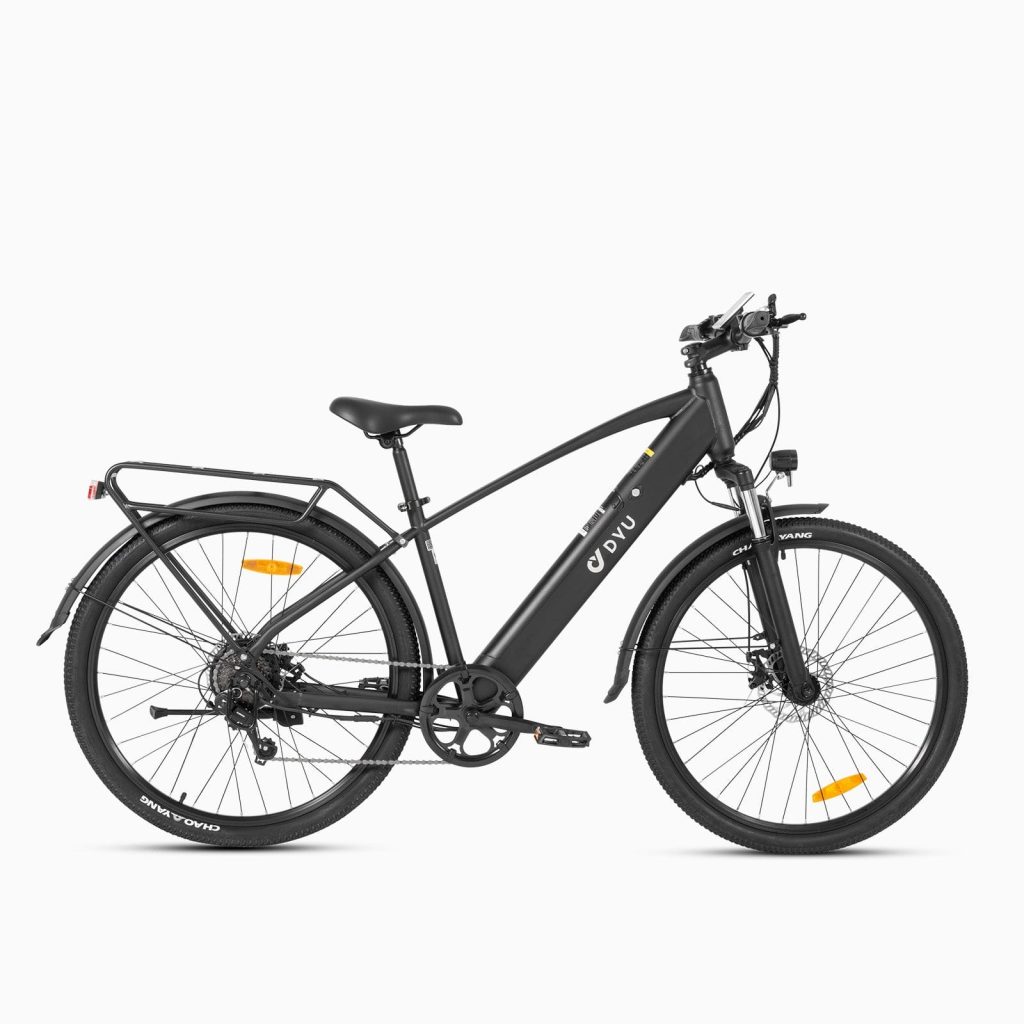
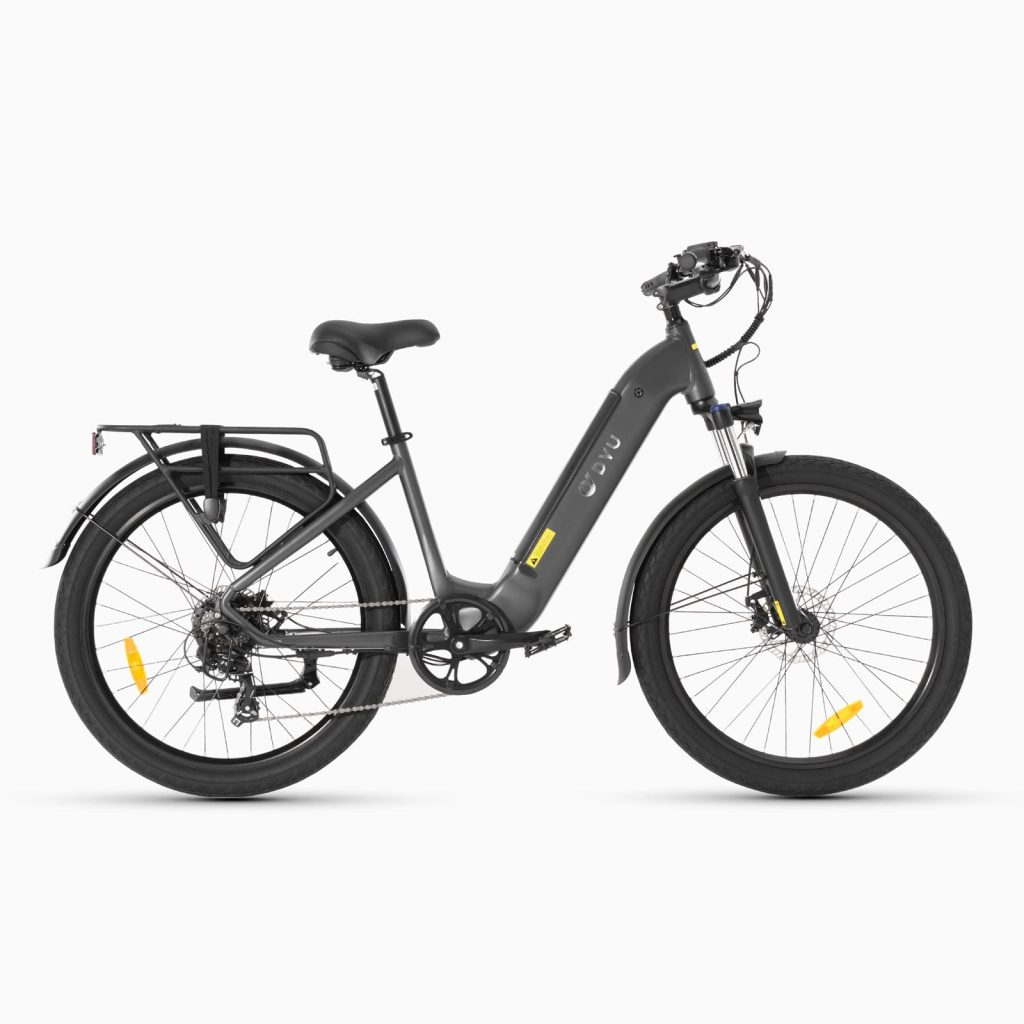

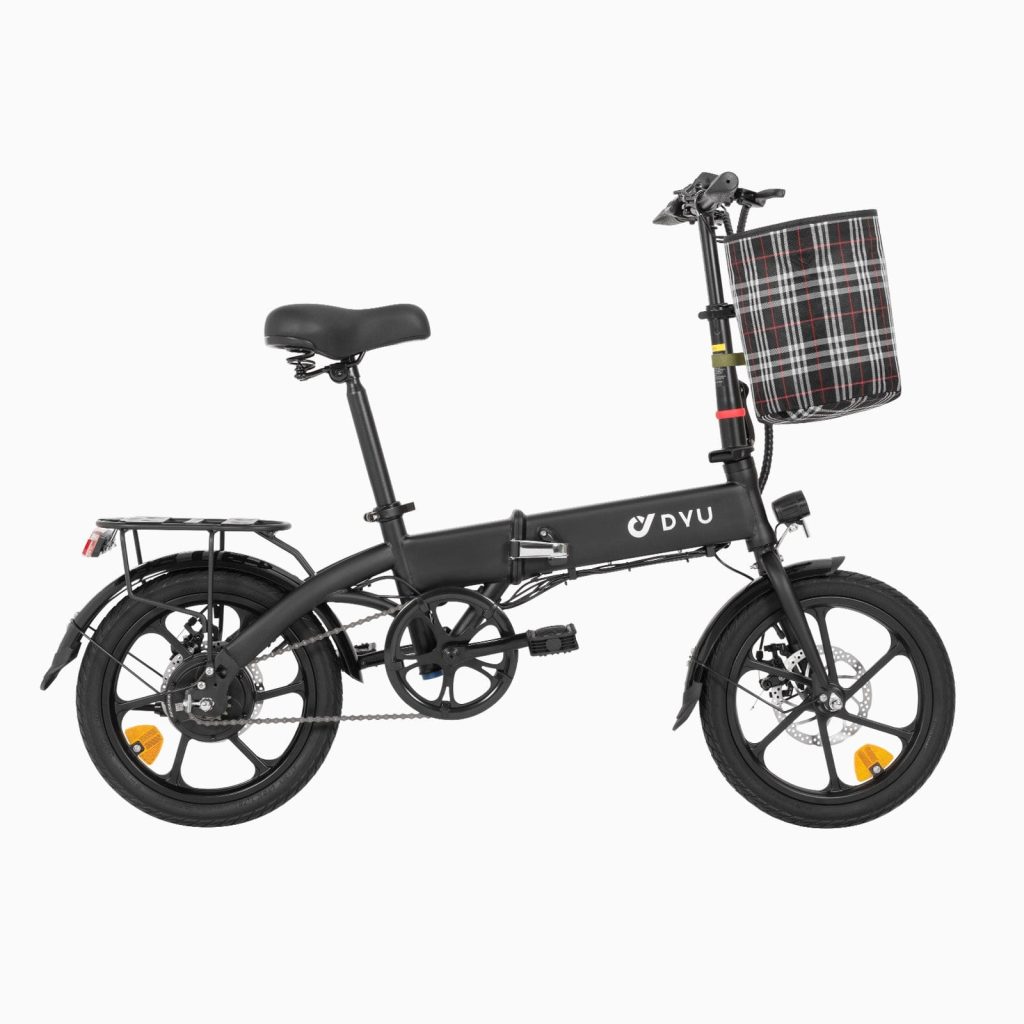
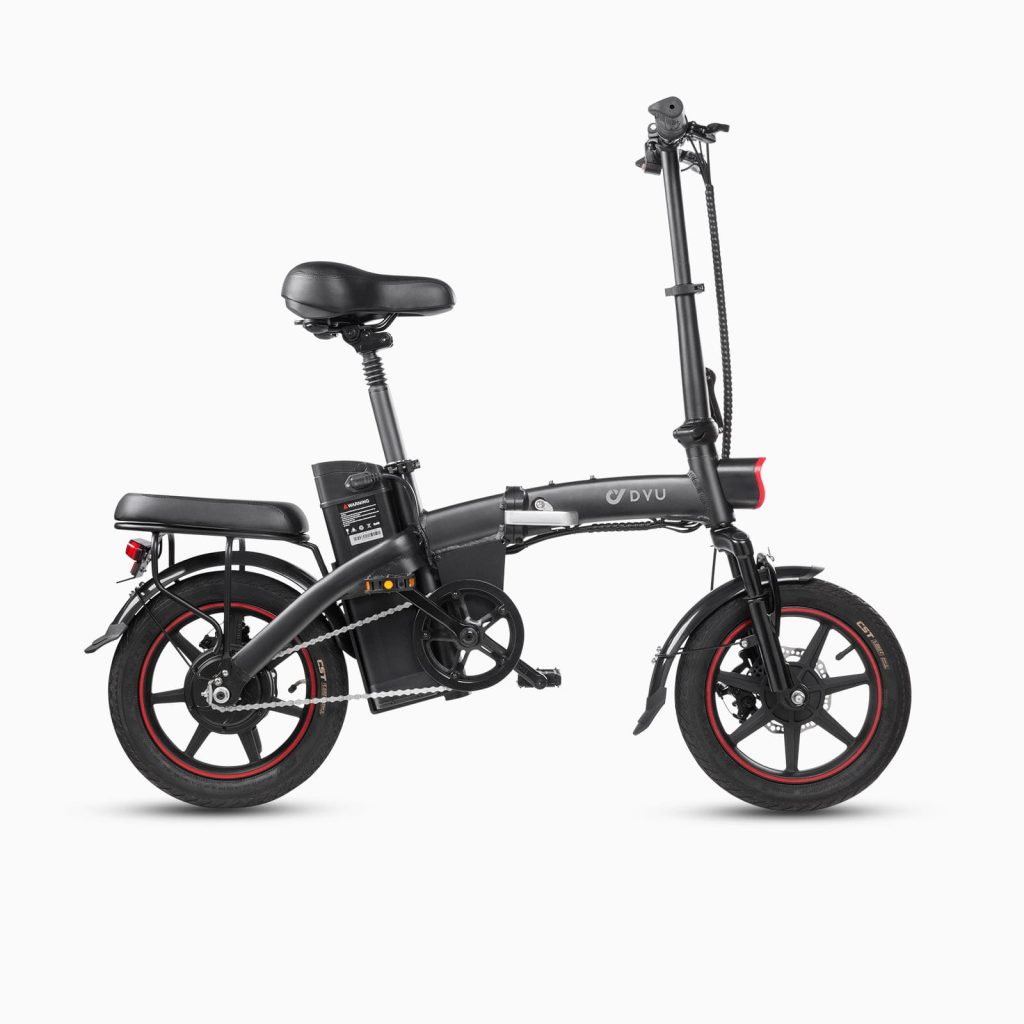




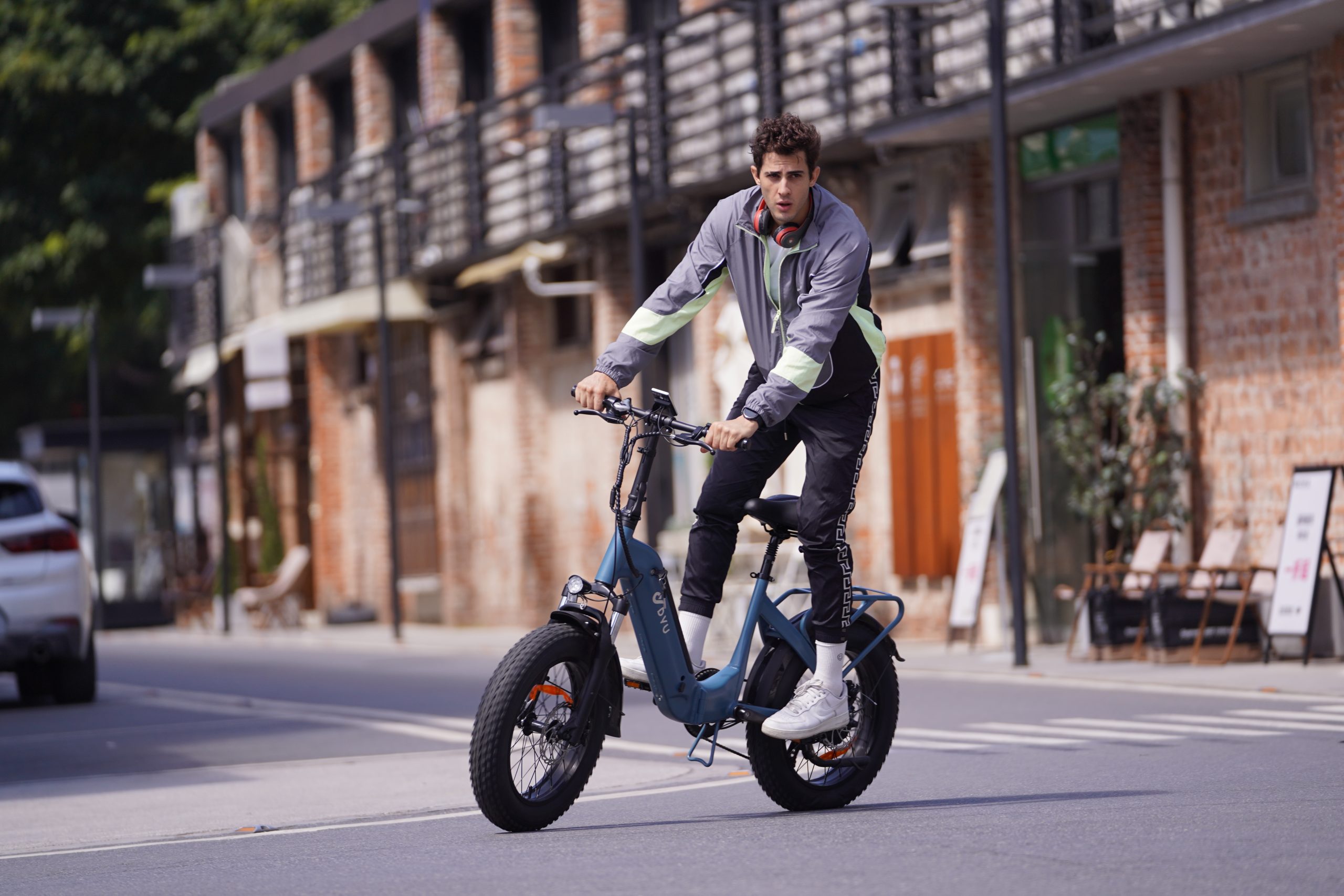

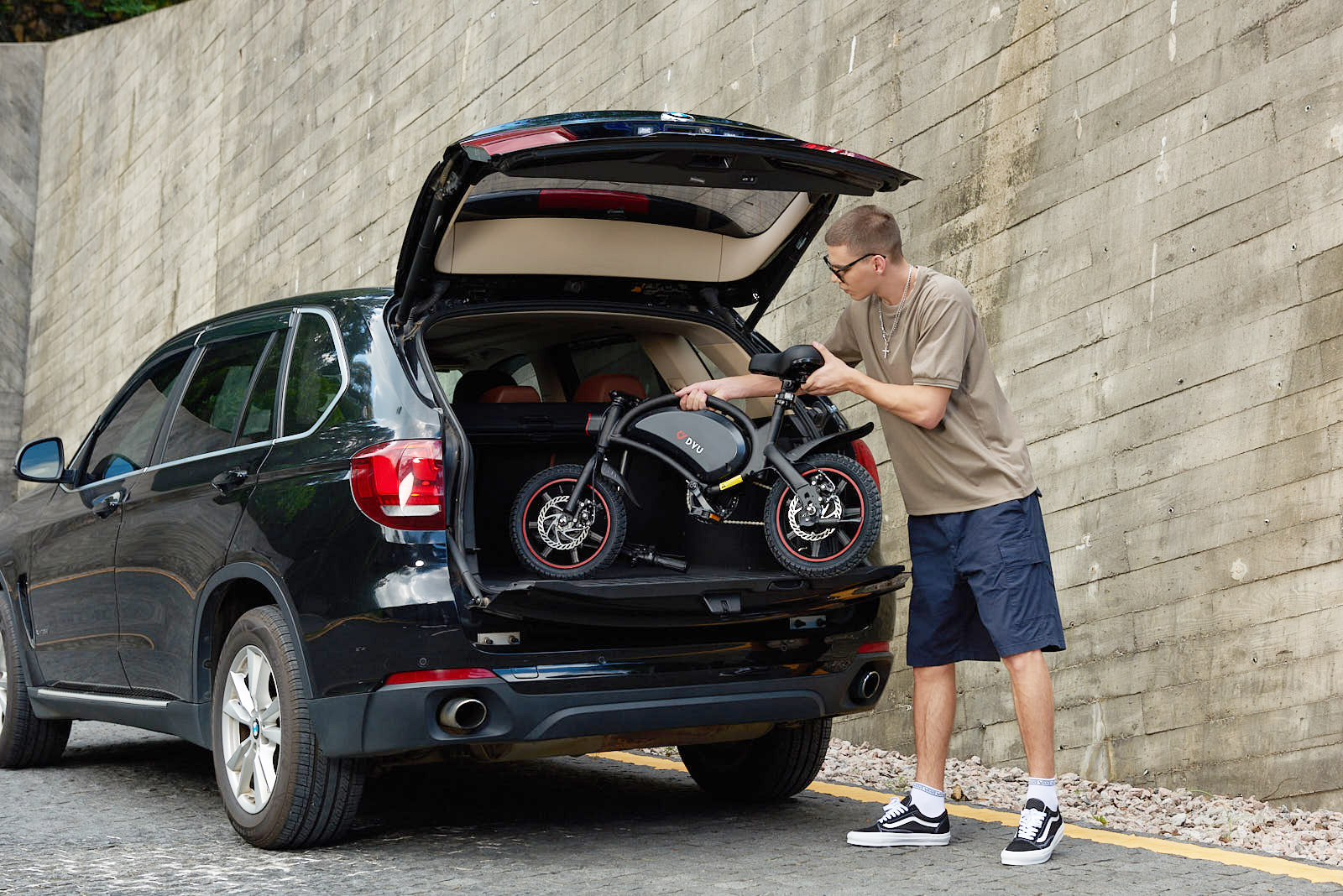

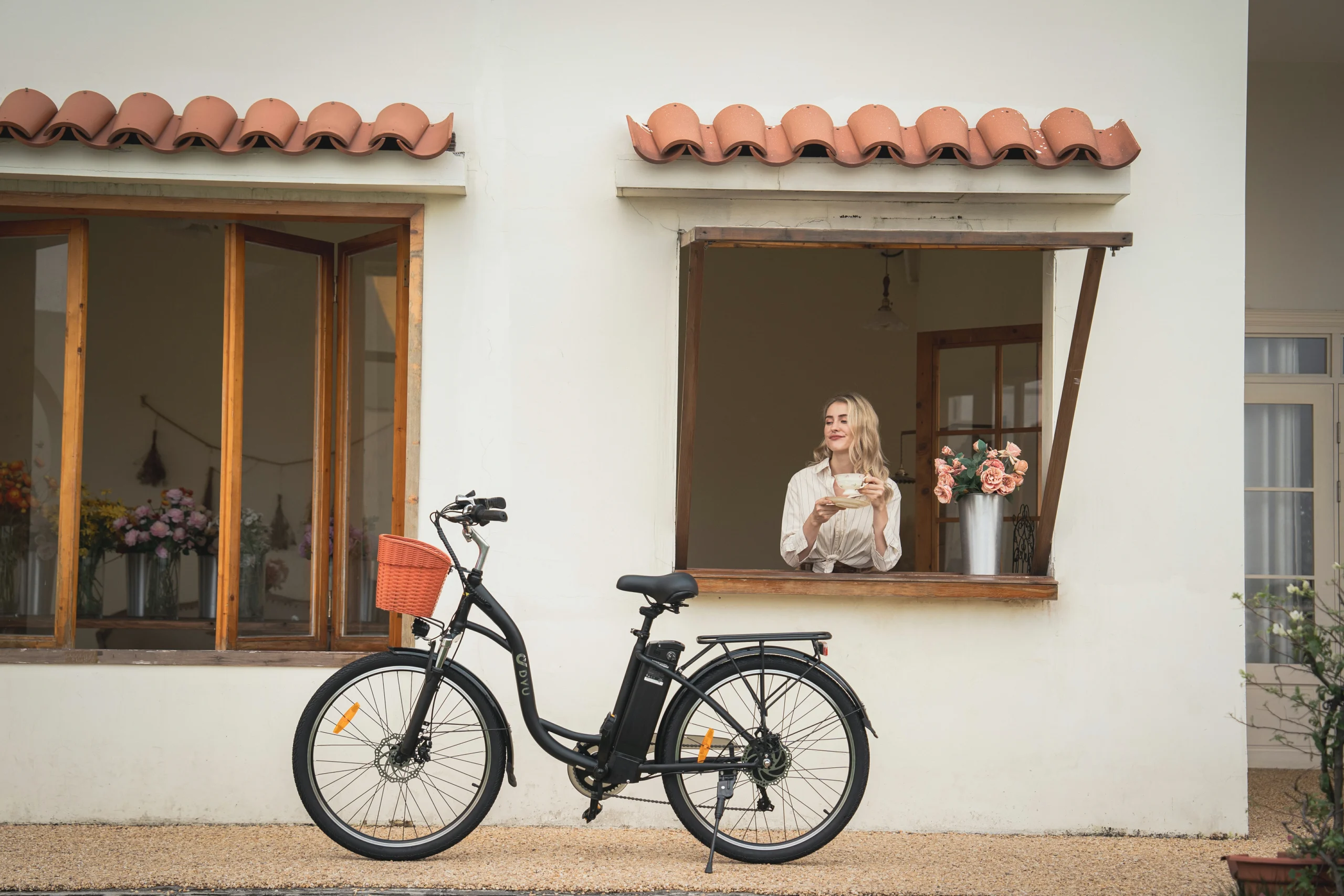

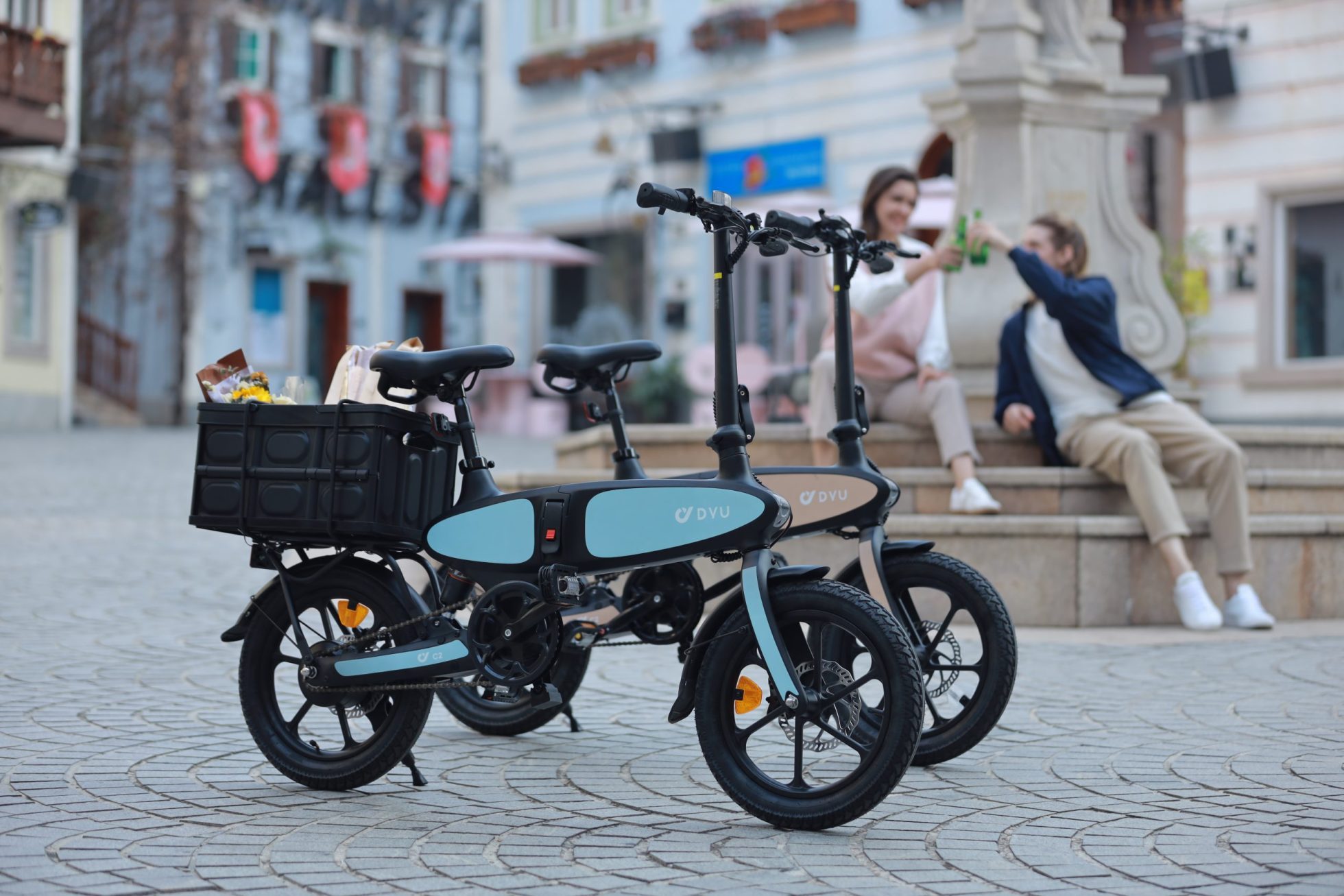
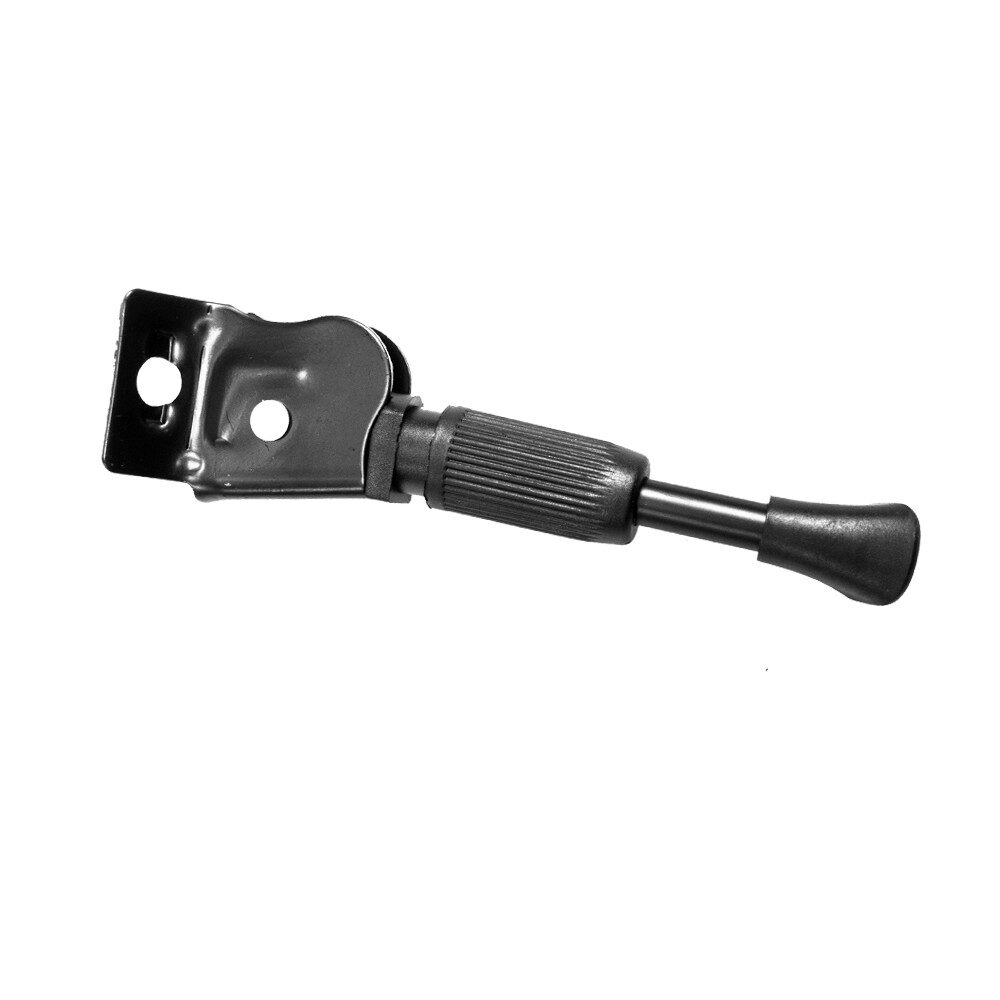


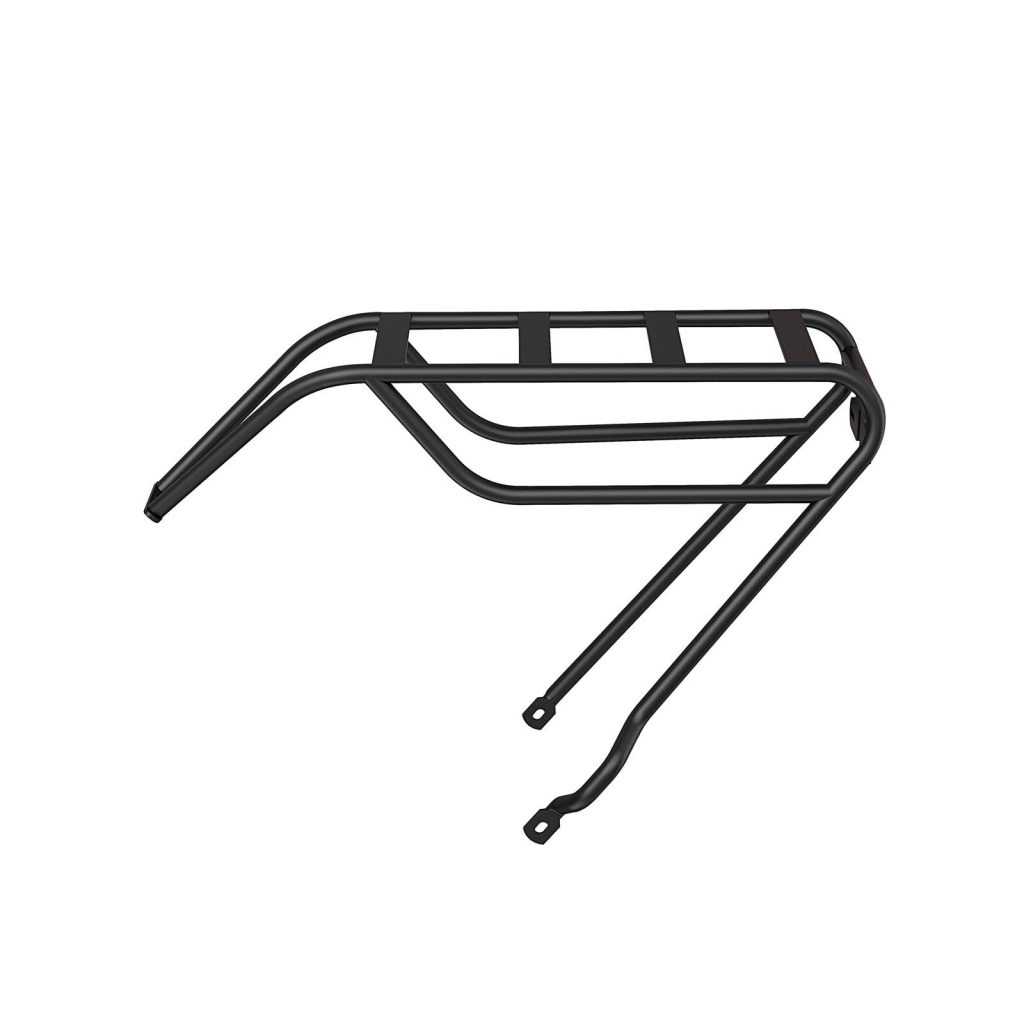
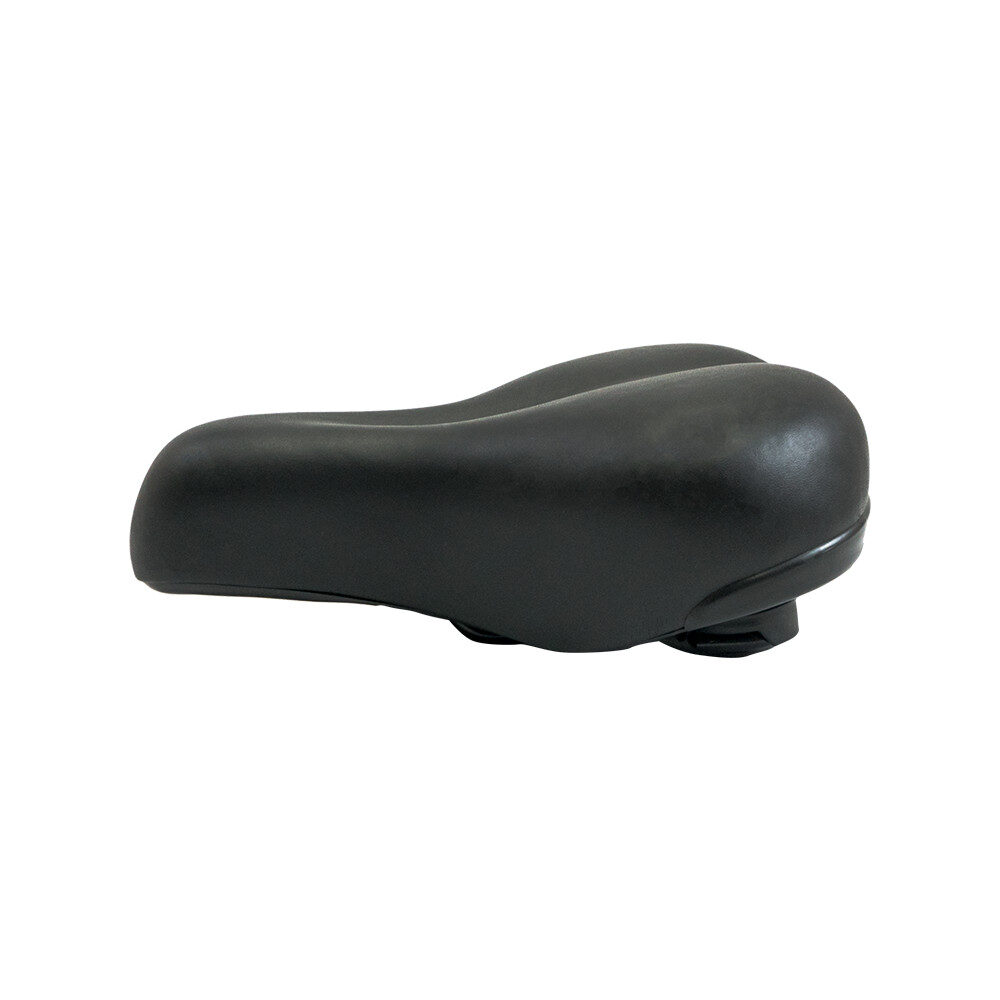

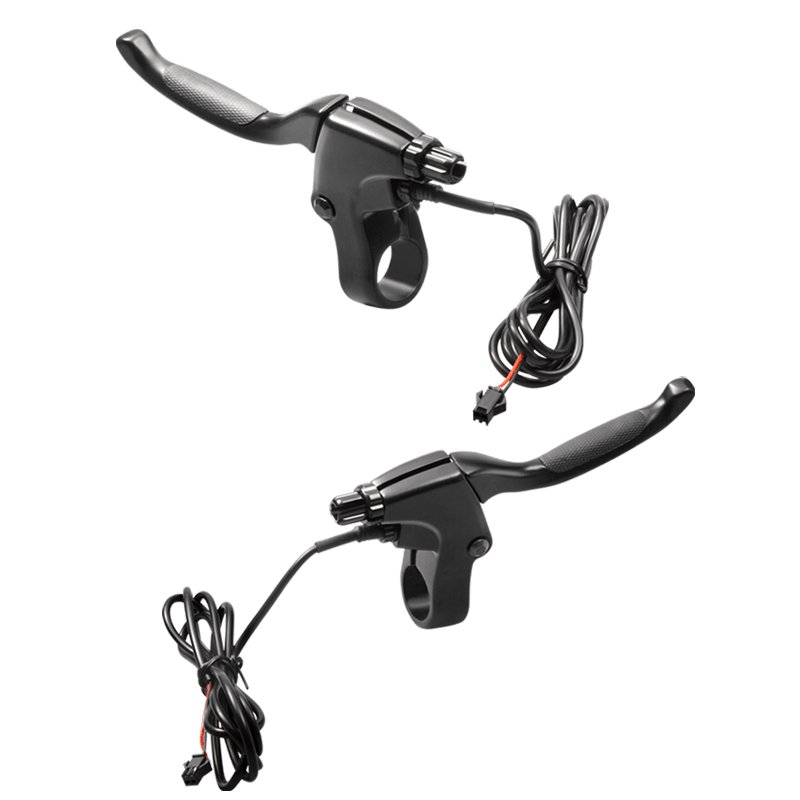







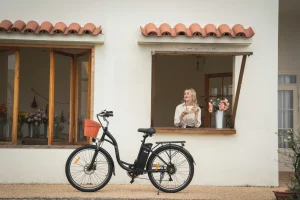

4 Kommentare
Jill
I live in a small apartment—can I realistically store a compact e-bike?
Daniel Novak
Definitely. Compact e-bikes are designed for portability. Most models fold down to about 35 inches and take up less than 0.3 cubic meters, so they can fit under desks, inside closets, or even in tight office spaces without hassle.
Giles
I like how the article explains that e-bikes save time in congested cities.
Flora
Quiet e‑bikes also help reduce noise pollution, which is an often-overlooked advantage.